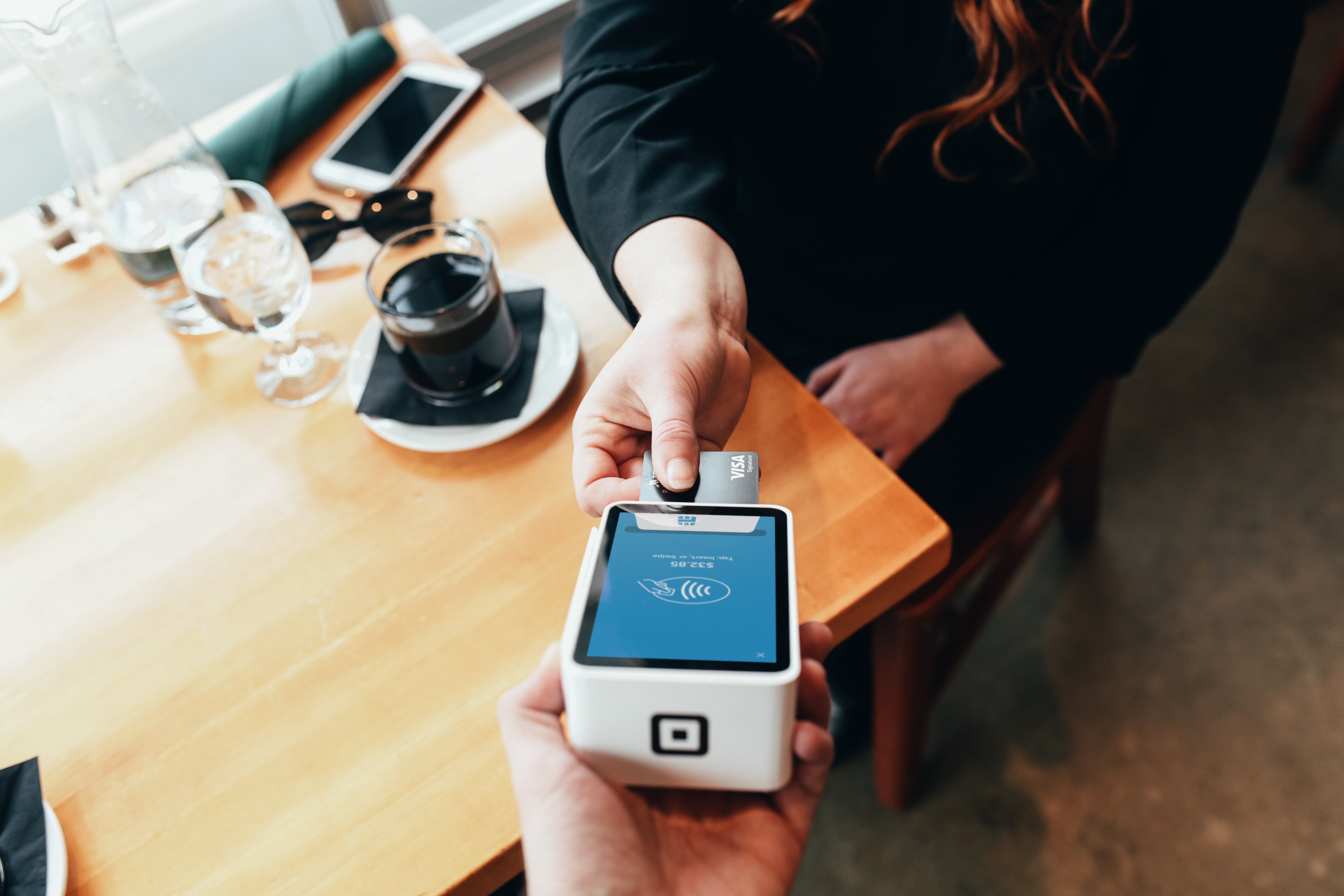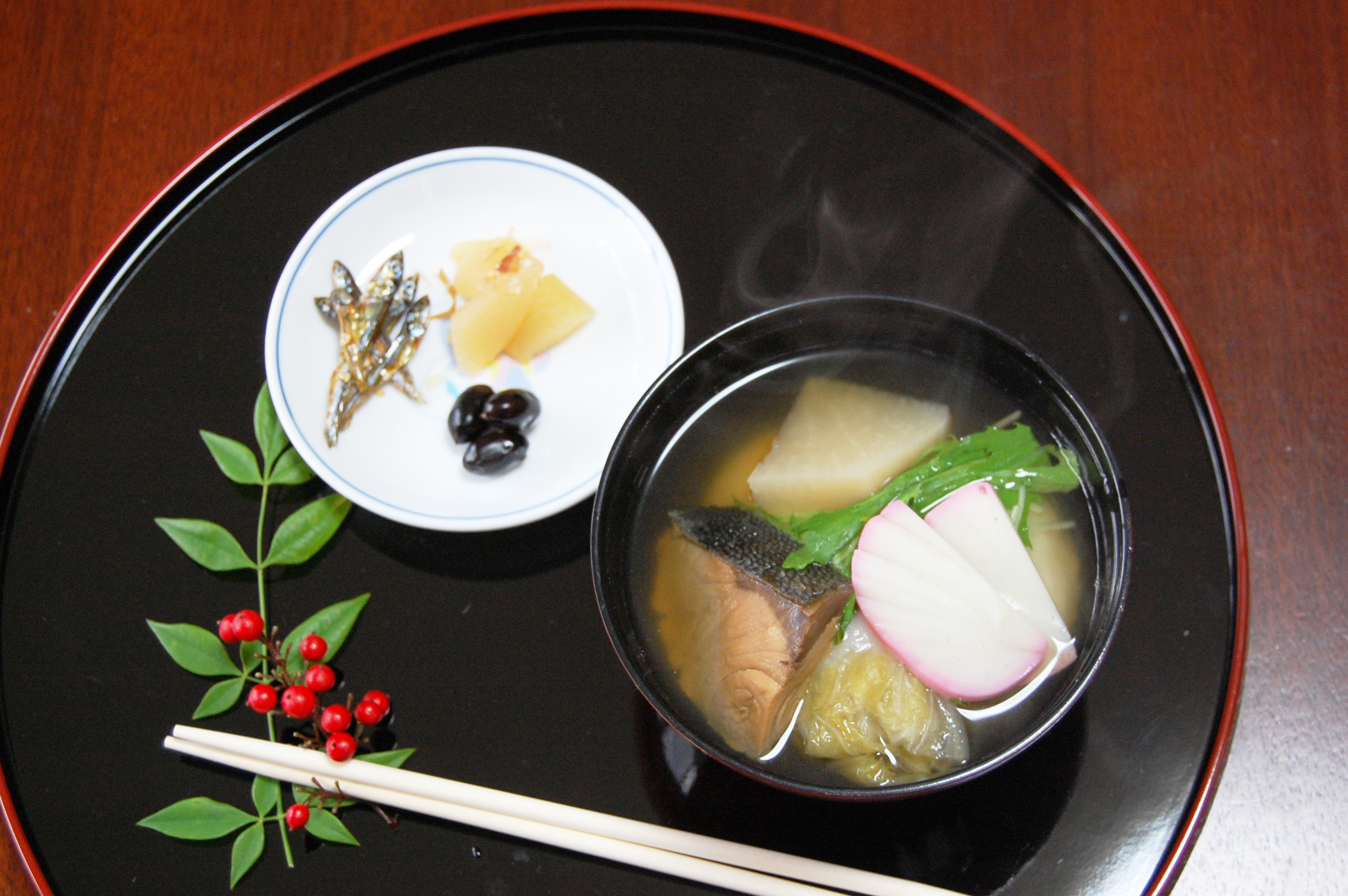Knowledge for foreigners in Tokyo on how to get ahead ~ Take advantage and save money on tax by going cashless~

1 What is the impact of the consumption tax hike that started in October?
Do foreigners who plan to visit Tokyo know the finer details about the consumption tax hike in Japan? On October 1st, the consumption tax rate was raised from 8% to 10% and seems to have had a significant impact on both foreigners who are planning to visit, and foreigners already living Japan.
If you are considering a trip to Japan, such as for sightseeing in Tokyo, you should consider what you want to buy, and how to get it at the lowest price possible before your visit. And for those who already live in Japan, the increase of only a mere 2% will add to expenses, so let's take a look at how to take advantage and save money when shopping.
In this article, we will explain the details of, and give you the knowledge on how to take advantage of something called the reduced tax rate implemented in Japan. We will also explain the advantages of going cashless after the tax hike.
2 In Japan, the "reduced tax rate system" has been implemented
On October 1, 2019 (in the first year of the Reiwa era), Japan implemented a "reduced tax rate system".
The reduced tax rate system in Japan is similar to that of the UK, Germany, France, etc., but this is the first attempt at implementation for the Japanese government. The reduced tax rate has a rule that sets the consumption tax rate of specific products, decided by the government, to a lower rate than the general consumption tax rate. In Japan, the consumption tax rate was raised to 8% for food products (excluding liquor) and 10% for other daily necessities. For example, at stores that sell multiple genres of products such as food and daily necessities, like supermarkets and drugstores, there is a mixed tax rate where some products are sold at an 8% consumption tax rate and some products sold at a 10% consumption tax rate under this system. Therefore, the reduced tax rate is also called the multiple tax rate.
This reduced tax rate makes it difficult to understand what products are taxed at 8% and what products are taxed at 10%, resulting in confusion for many stores and consumers, but after more than a month, the Japanese consumer seems to have gotten used to this system.
When in Japan, it is important to check what products are taxed at the 8% consumption tax rate and what products are taxed at the 10% consumption tax rate. The difference is the consumption tax with regards to food, something you should know about if you want to get ahead. Although food remains at the reduced consumption tax rate of 8%, the tax rate for food when eating out in restaurants is 10%. Instead of eating out in restaurants, you can gain 2% by taking it home or eating your meal in a nearby park.

3 There has been an increase of people going cashless and paying electronically due to the increase in the tax rate
Since the world is becoming more and more cashless, there are lots of foreigners who do not carry cash.
The fact that there are lots of people in Japan who pay in cash when compared to people from other countries, there are lots of stores where credit cards and debit cards cannot be used and some foreigners see this as an inconvenience. However, with the recent tax increase, the ability to pay electronically has accelerated and most stores outside of Tokyo now support cashless payments. This being the case, it seems that making payments when shopping has become easier and more convenient for foreigners visiting Japan.
However, there are some retail stores and restaurants that still only accept cash, so be careful and always have cash on hand when in Japan.
4 The advantages of going cashless!
In Japan, cashless payments such as "PayPay" and "LINE Pay" are attracting lots of users and in response to the consumption tax increase, the Ministry of Economy, Trade and Industry started the "Cashless Point Return Program". With the cashless point return program (valid for 9 months between October 2019 to June 2020), cashless payments made at small and medium-sized stores designated by the Ministry of Economy, Trade and Industry, allow consumers to get a return of up to 5% on a purchase.
The return rate is 5% for small and medium-sized stores and 2% for major convenience stores such as Seven-Eleven, Lawson, and FamilyMart, which are affiliated with franchise stores and restaurants. You can also get points for shopping through online retailers, such as Amazon and Rakuten.
However, please note that the cashless point return program is not available at large scale businesses and points cannot be redeemed at major supermarkets. If there are major supermarkets or small and medium-sized stores close to you, it may be best to choose to shop at the small or medium-sized businesses, at least until June of next year.
Cashless payments include not only credit cards, PayPay and LINE Pay, but also electronic money cards for transportation, such as the Suica card. Since the timing to redeeming points and the maximum amount of points that can be redeemed vary depending on each business, we recommend that you check the details of the cashless payment app or card company you are using.
In addition to this, by using the point return program already in place at each business, you can enjoy the advantages, even after the tax increase.
5 In Conclusion
In this edition, for the foreigners who plan on visiting Japan, and for those who already live in Japan, we took some time to explain the tax increase and some of the details on how to save that we think you should know. Of course, it depends on where you are and what your needs are, but with the Tokyo Olympics just around the corner, there will no doubt be an increase of stores that will look to better understand the needs of the foreign customer and provide a wider selection of payment options.
Compared to the complex reduced tax rate system overseas, the reduced tax rate system in Japan may be seen as a simple one. Depending on the Japanese economic situation in the future, the tax rate may become even more complicated, which in turn may make it even more affordable for foreigners visiting Tokyo and help to keep expenses at a minimum, so it's always good to keep abreast of and understand the Japanese tax system. We hope the content presented in this article will be advantageous to you and help you enjoy your stay in Tokyo.



































